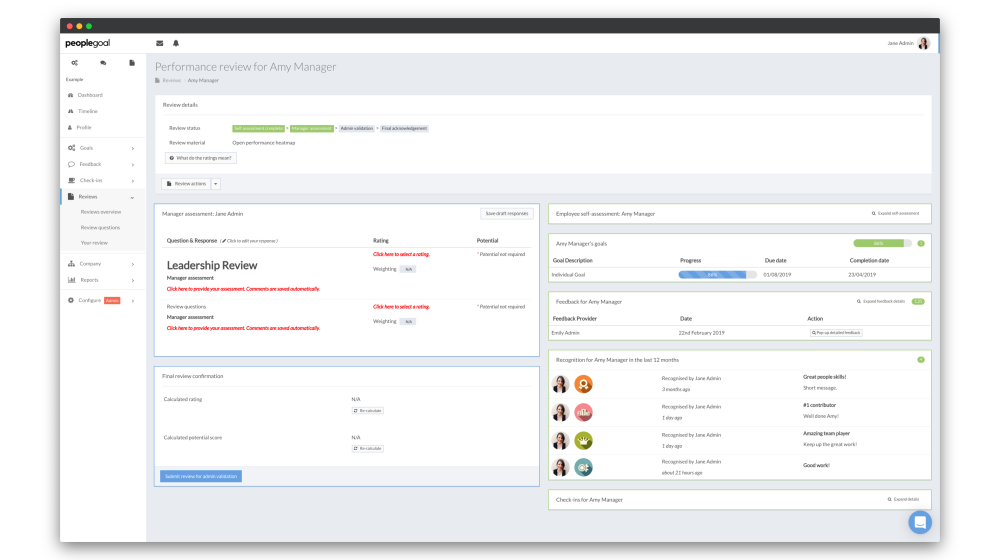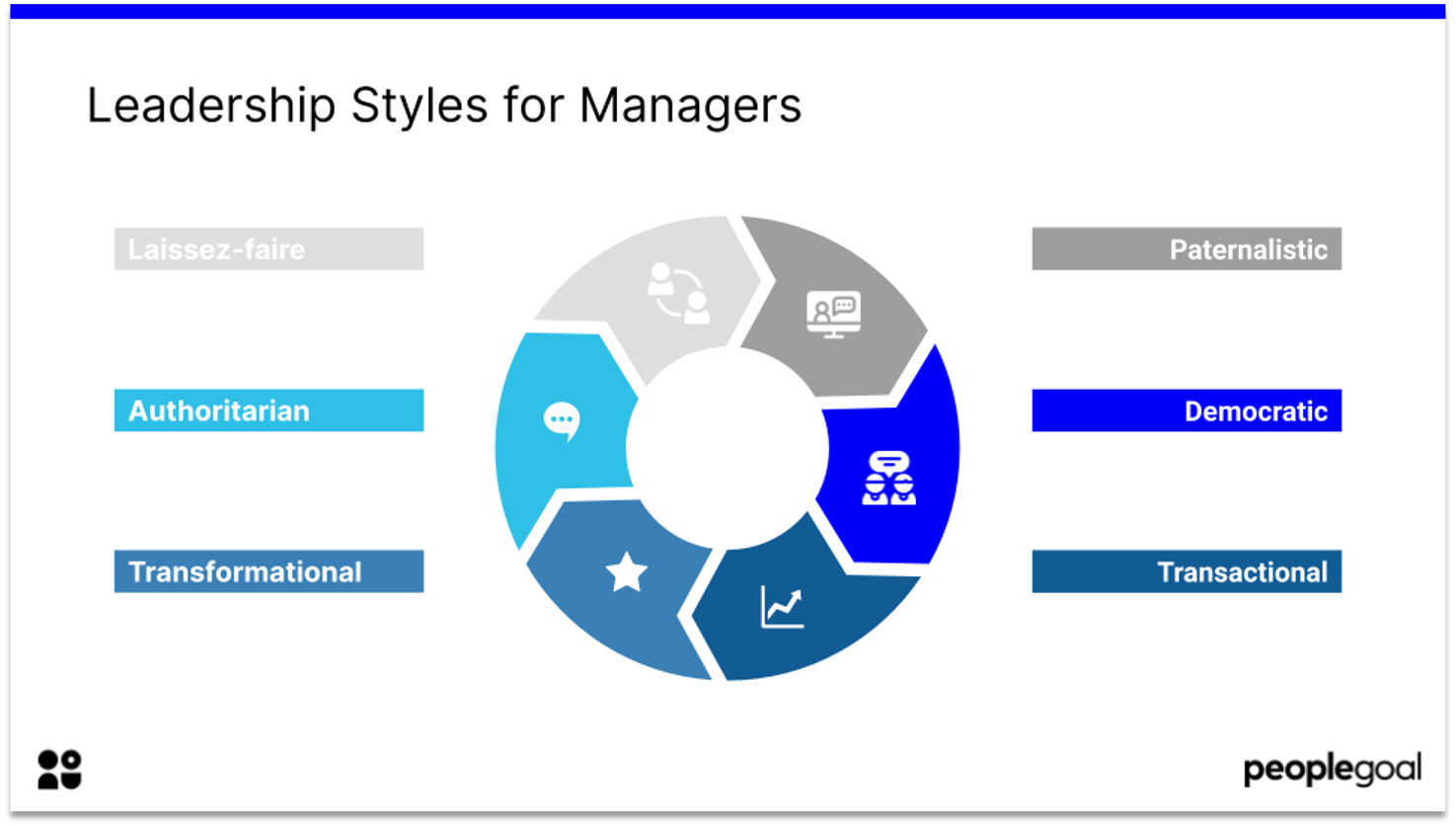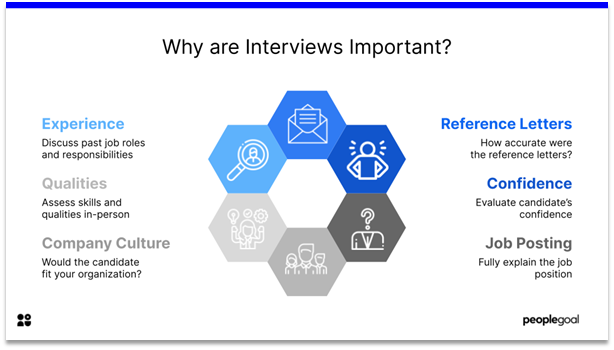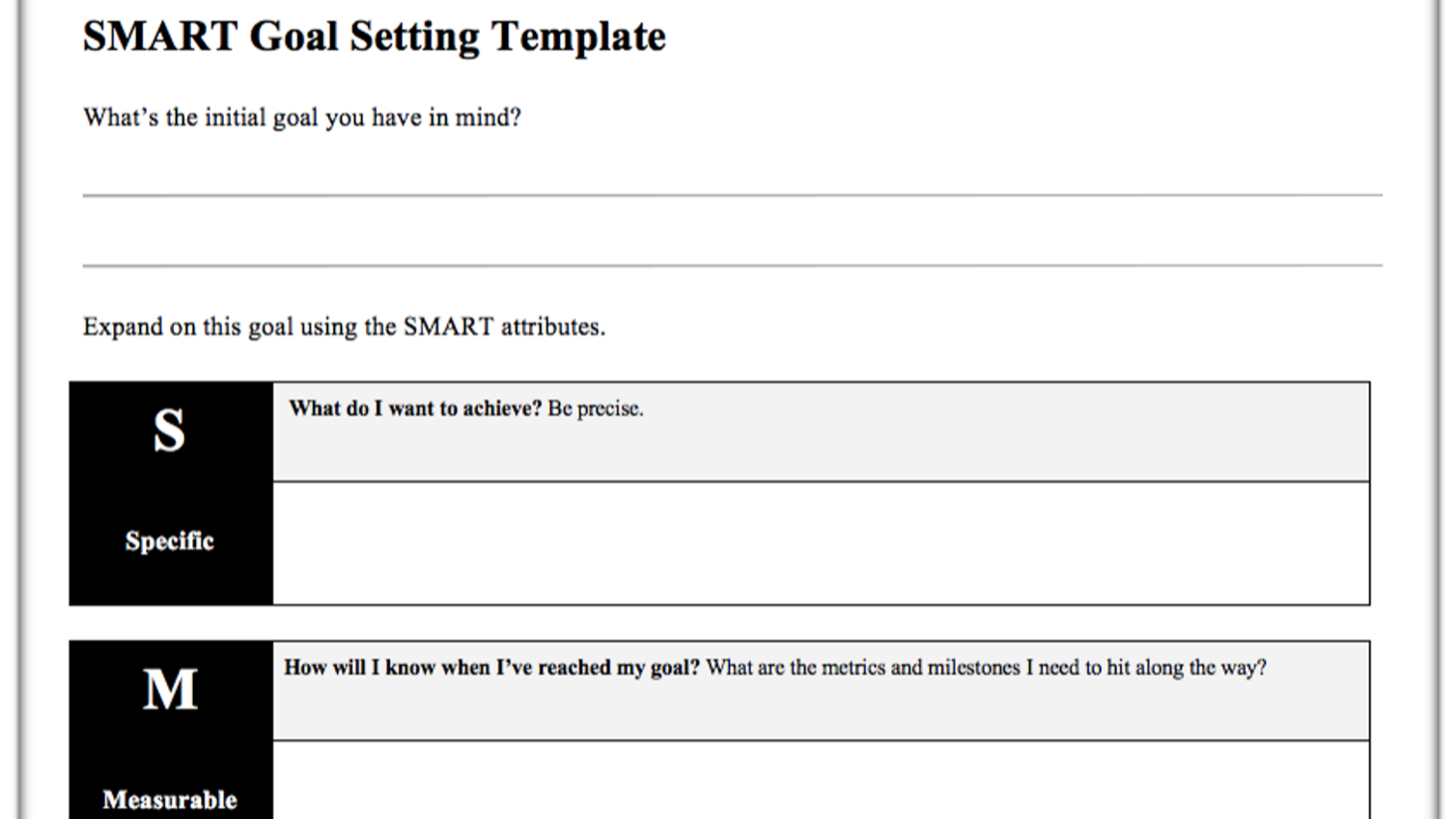HR is one of the busiest teams in a company. They are responsible for a range of functions, like hiring, onboarding, employee performance, development, engagement, payroll, benefits, and much more.
On top of this, many HR leaders face endless paperwork. They have inventive plans for improving employee engagement, productivity and wellbeing. But due to the time drain of manual tasks, these are often put on the backburner.
Digitalizing HR processes with an HR system can have a major impact on your organisation. In this article, we review how you can smoothly transition to a paperless HR environment, streamline HR processes and reduce administrative burdens.
Step 1 – Ensure buy-in for web-based HR across the company
It’s really important to ensure executive and managerial buy-in. Managers are often unsure about transitioning from the tried and tested paper method.
Do your research into the chosen HRIS system. Create a presentation that clearly outlines the benefits of a web-based system over traditional methods.
Cloud-based software saves time. Outline what your HR team plans to do with your saved time. Maybe that’s rolling out a learning and development plan to improve employee engagement, or improving your employee onboarding process. Highlight the ways technology will add value to your team.
Emphasize the benefits to employees at all levels. Employees no longer have to endure lengthy processes to update personal details or apply for time off. HR can more easily initiate recognition programmes to help motivate employees.
Furthermore, highlight the benefits to security and avoiding human error in data-entry. HR tech greatly reduces these risks. By working from a cloud-based system, cascading errors are also reduced.

Step 2 – Leaders create a plan that motivates their team
47% of employees said they were not going paperless due to a lack of management initiatives. Employees are ready to go digital – as they know the benefits of a cloud-based system, especially in the world of remote work.
Management must take the first steps in web based human resources management. The process will not happen overnight – but with the right plan HR leaders can motivate their team.
Create a time-line during which the transition will happen. Break this large goal down into small, manageable tasks that work around other day to day duties, and ensure every HR team member is aware of their role.
Use recognition – collating employee data from paper files is not the most exciting project in the world, so consider creating some rewards for tasks completed. Most importantly- remind your HR team that the process will save them time. Think of all the projects you’ll be able to set in motion for your people!
Step 3 – Organize the paperwork
With a plan of action in place, it’s time to get to work. Transferring from paper-based HR to a web-based system isn’t just a question of scanning documents. You have to organise the documents you have before you start scanning.
Arrive at an organization system and make sure your team is aware of it. Usually this is organized by employee name. Divide up this work (for example, one employee takes names A-E, or one employee takes files concerning employee leave).
Efilecabinet.com recommends deciding an expiration date for documents- for example, if an employee has not worked at a company for many years. You can then shred outdated documents, if you have first checked compliance.
Don’t forget digital files – has your HR team frequently used Google Docs? Think about how the information here can be transferred onto a new system.
Follow up with your team to ensure everyone is on track!

Step 4 – Consider integrations that will make the platform worthwhile
This process is a spring clean – a time to reflect on your organizational methods. Was a certain software particularly effective? You might want to consider an integration with your HRIS system.
Consult other departments. Perhaps accounting use Microsoft Teams and would find an integration with the HR system useful? Do your teams hope to use the HRIS system on mobile devices?
Step 5 – Train up employees on the new system
Onboarding your employees onto the new HMRS system takes adequate training. Create a training plan to ensure that employees can make the most of the software. Remember – this is your opportunity to sell the new system to employees – so make it as enjoyable as possible!
Different employees learn in different ways – so make sure you provide a range of methods. The HR software you choose may have a support centre with articles or videos to help employees- make sure you know where to locate these.
Create an open-door policy during the initial onboarding period. Remember, the more confident employees are about using the system, the more integral a role it will play in your HR efforts.
Paper-Based to Web-Based HR Training ideas
- Video calls, e.g. screen sharing on Zoom
- Live streaming on internal social media to demonstrate key functions
- Make use of HR system’s support center
- Fun online quiz
- DIY sessions, e.g. Make Your Own Survey

Step 6 – ask employees to check their information is correct
Mistakes happen during the switch from paper-based to web-based. Rather than trawling through each employee information file, ask employees to confirm their information is correct.
This saves time and ensures that HR can start on a clean slate, with accurate records.
Step 7 – use surveys to ask about how the onboarding process is going
Surveys are a great way to check the temperature among employees. Ask them how user-friendly they find the software’s interface. Check in on how the training process is going.
Here are some possible survey questions to ask during the onboarding process:
-
What forms of training have proved the most useful during the onboarding process? (Multiple choice: Videos, Live streaming, Zoom training, Online support articles)
-
How often do you plan to use the new system?
-
Which integrations are most useful day to day ? (Multiple choice: e.g., Slack, Microsoft Teams, Okta)
Survey results help you improve the software onboarding process for new hires. They also indicate how employees plan to use the system.

Make the move from Paper-Based to Web-based HR
Follow these steps for a successful transition from paper-based to web-based HR. Once you make the switch, you’ll free up time for HR projects that really matter.
Want to learn about how PeopleGoal can streamline your HR processes? Why not book a demo today?
Ready to 3x Your Teams' Performance?
Use the best performance management software to align goals, track progress, and boost employee engagement.






